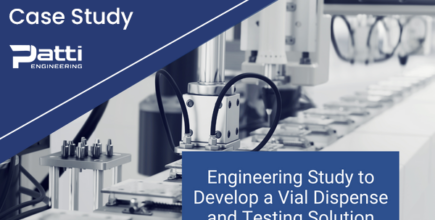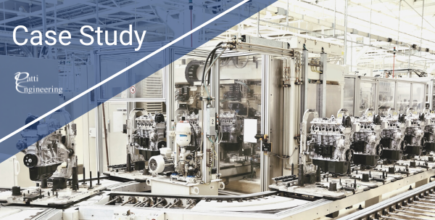
Terrance Brinkley's Bio
Michigan Director of Operations
With a natural affinity for control systems integration, Terrance Brinkley has been an asset to Patti Engineering since 2004 and now leads his team as the Director of Michigan Operations. A native of Pontiac, Michigan, Terrance graduated from Michigan State University with a Bachelor of Science degree in both Electrical Engineering and Computer Engineering.


